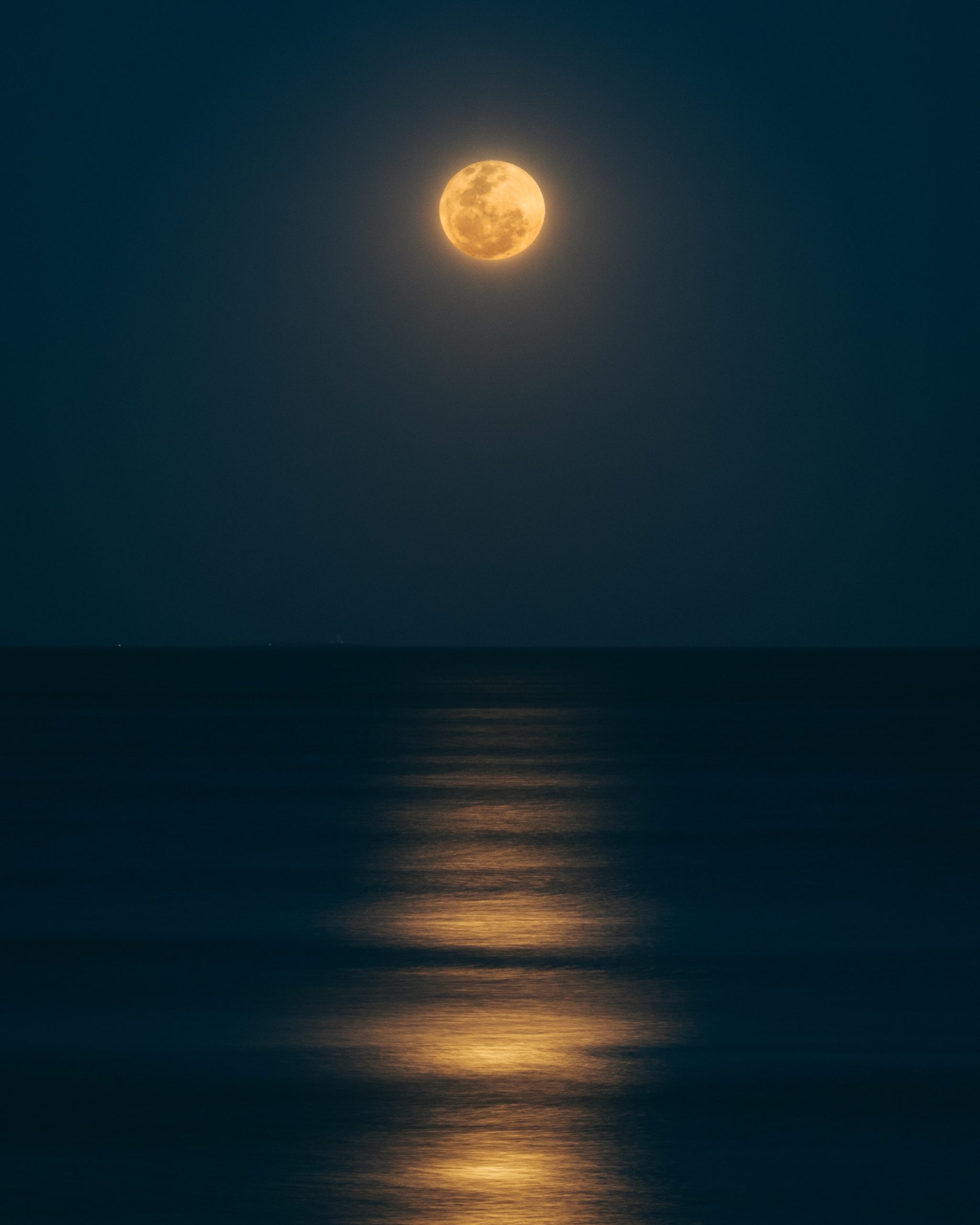What Is a Half Moon Called?
When we look up at the night sky, we often marvel at the beauty and wonder of the moon. We admire its ever-changing shape and the way it illuminates the darkness of the night. But have you ever wondered what the different phases of the moon are called? In particular, what is a half moon called? In this blog post, we will explore the answer to this intriguing question and delve into the fascinating world of lunar terminology.
The Phases of the Moon
Before we learn what a half moon is called, let’s first understand the different phases of the moon. The moon goes through a cycle of eight distinct phases, starting with the New Moon and ending with the Full Moon. Each phase represents a different amount of the moon’s visible surface that is illuminated by the sun.
1. New Moon: This phase occurs when the moon is positioned between the Earth and the sun, with the dark side facing us. As a result, the moon appears completely invisible or obscured, making it difficult to observe.
2. Waxing Crescent: Following the New Moon, a tiny sliver of the moon becomes visible in the sky. This phase is called the Waxing Crescent, and the illuminated portion grows larger each day.
3. First Quarter: When exactly half of the moon’s surface is visible, it is referred to as the First Quarter. It is also commonly known as the Half Moon. This phase marks the halfway point between the New Moon and the Full Moon.
4. Waxing Gibbous: As the moon continues its journey around the Earth, the illuminated portion expands further, creating the Waxing Gibbous phase. During this phase, more than half, but not all, of the moon’s surface is visible.
5. Full Moon: The moon reaches its fullest phase when the entire visible surface is illuminated by the sun. The Full Moon is undoubtedly the most recognizable and awe-inspiring phase of the lunar cycle.
6. Waning Gibbous: After the Full Moon, the visible illuminated area of the moon gradually diminishes, creating the Waning Gibbous phase. It is similar to the Waxing Gibbous phase, but with a decreasing illuminated portion.
7. Last Quarter: When the moon is once again at the halfway point between the Full Moon and the New Moon, it enters the Last Quarter phase. This phase is also referred to as the Third Quarter or the Half Moon.
8. Waning Crescent: The final phase of the moon’s cycle, before it returns to the New Moon, is the Waning Crescent. The illuminated portion becomes smaller and smaller until it eventually disappears from view, marking the end of one lunar cycle and the start of the next.
What Is a Half Moon Called?
Now that we have explored the various moon phases, it’s time to answer the burning question: what is a half moon called?
The term “half moon” can be a bit confusing because it is often used to describe two different lunar phases. In astronomy, the First Quarter phase, when the moon is exactly half illuminated, is referred to as the “First Quarter Moon.” However, in everyday language, the term “half moon” can also describe the Last Quarter phase, which is the second time the moon appears half illuminated during its cycle.
In summary, a “half moon” can be called either the “First Quarter Moon” or the “Last Quarter Moon,” depending on the specific context and the technical or colloquial terminology being used.
Understanding the Moon’s Illumination
It’s important to note that even during the First Quarter or Last Quarter phase, the moon is not actually half lit up. The illumination of the moon is not dependent on its distance or position from Earth but is caused by the angle at which the moon, Earth, and sun align. The perceived shape of the moon during these phases is due to the angles at which sunlight interacts with the moon’s spherical surface.
Common Misconceptions
There are a few common misconceptions associated with the term “half moon.” Some people mistakenly believe that a “half moon” refers to a phase during a solar eclipse when the moon appears to block half of the sun. However, this phenomenon is not called a “half moon” but instead is known as a “half-sun” or “partial solar eclipse.”
Another misconception is that the term “half moon” refers to the shape of the moon rather than its illumination. The moon’s shape in the sky can vary depending on factors such as its position in the orbit and the viewer’s location on Earth. These variations result in the moon appearing as a crescent, half, or even a gibbous shape. However, the phase of the moon is determined by its illumination and not its shape.
Final Thoughts
The moon is a captivating celestial object that has fascinated humans for centuries. Understanding the different phases of the moon and their associated terminology allows us to appreciate the beauty of our natural satellite even more. The term “half moon” is commonly used but can refer to either the First Quarter or Last Quarter phase, depending on the context. So, the next time you marvel at the half-lit moon in the night sky, you can impress your friends with your knowledge of its proper names: the First Quarter Moon or the Last Quarter Moon.
Remember, the moon’s constantly changing phases remind us that nothing in the universe stays the same, and its beauty lies in its ever-evolving presence in our lives.
Table of Contents
